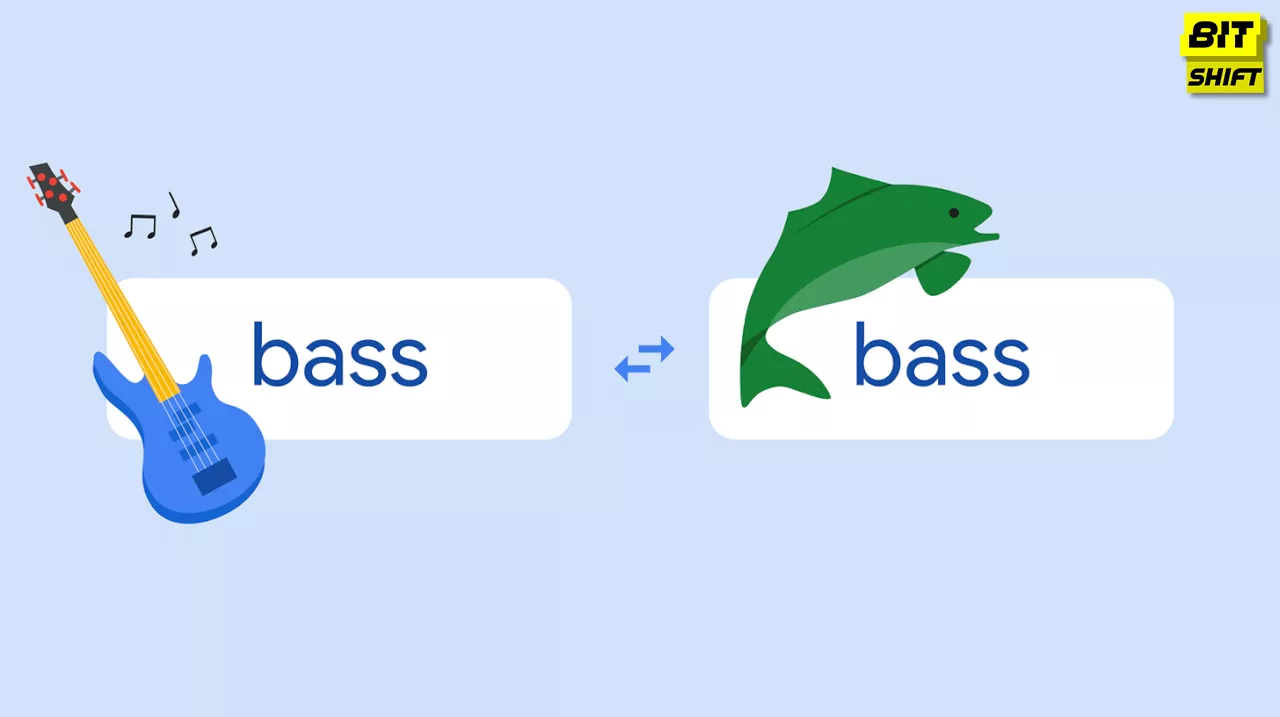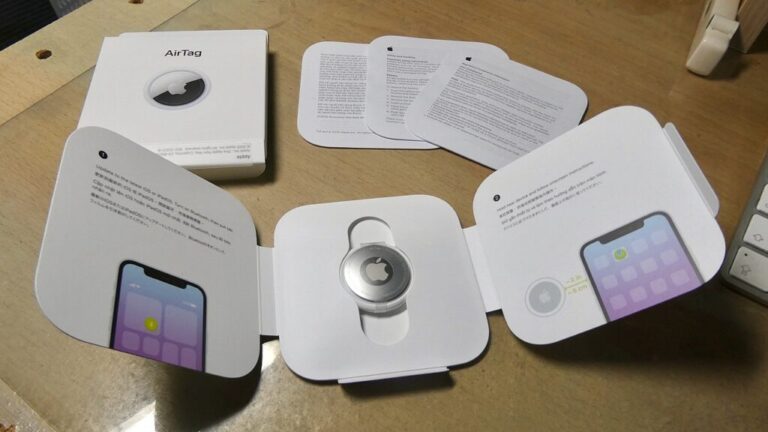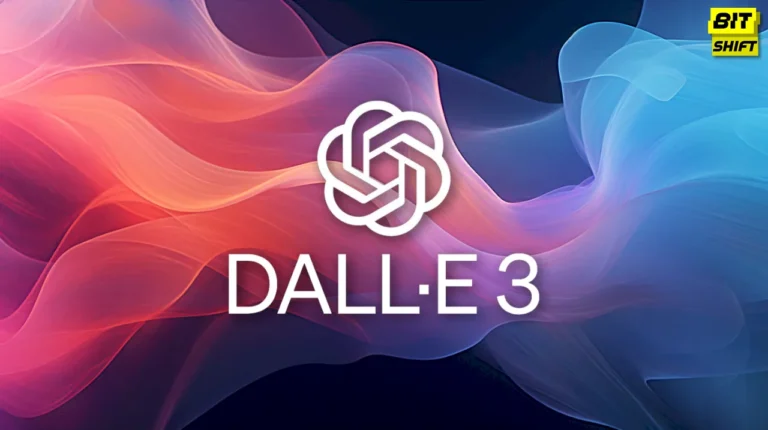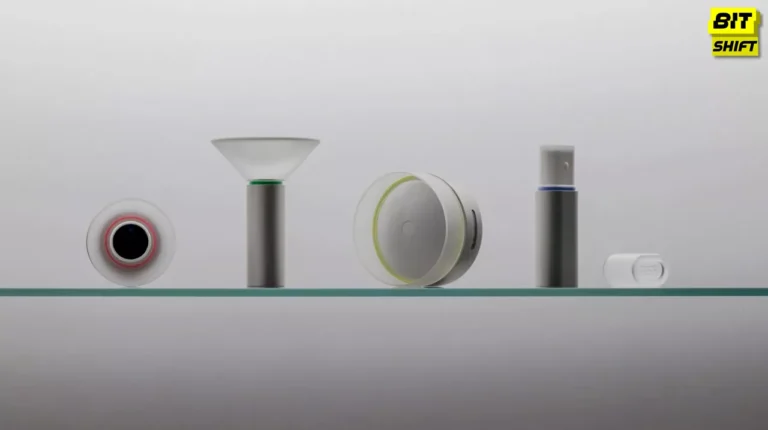
Photo from blog.google
The world of language is teeming with complexities and nuances that can pose significant challenges to translation tools. Among these challenges is understanding homonyms—words with the exact spelling or pronunciation with different meanings. With the help of advanced machine learning, Google Translate has made significant strides in deciphering these linguistic puzzles.
“AI is evolving, and computer power is evolving, but language is evolving, too,” Apu Shah, Google Translate engineer.
Understanding Google Translate’s Journey
In its early days, Google Translate relied on a statistical approach to generate its translations, resulting in literal and word-for-word translations. While effective in specific contexts, this method failed to understand language intricacies such as homonyms. A prime example was translating the English word “medium” into Spanish. If the statistical data showed that the term “media” (average) was more commonly used than “el médium” (a psychic), Google Translate would lean towards the former, neglecting the context and semantics of the translation.
Transitioning to a Neural Network-Based System
Over the years, Google Translate has expanded its language support from 60 languages in 2006 to 133 languages today. Coinciding with this growth, the translation quality has also improved significantly. Macduff Hughes, Google Engineering Director, explains that this improvement was partly due to a significant transition to a pure neural-based machine translation system in 2016. This shift has allowed Google Translate to deliver more accurate and context-driven translations. However, even the neural network-based system had room for improvement. Despite generating natural-sounding texts, the system sometimes produces errors.
Teaching the Neural Network to Improve Accuracy
Google’s team has since focused on making the neural network more accurate. The currently used models are three to four times larger than initially launched and run faster. They are trained using examples of translated materials, which help the system better represent language and deliver more nuanced results. Google Translate no longer aims for a word-by-word representation but is now focused on understanding the context. For instance, it can distinguish the different uses of the word “run” in various scenarios, such as “Did you run the race?“, “Did your program run?“, “Did you run it into the ground?“
The Future of Google Translate
With the latest generative AI experiment, Google Translate can now detect cases without enough context to pick the correct meaning and allows users to select the intended purpose manually. This option may also appear when specifying the gender for a particular word – Google partners with dictionary providers and third-party translators who gather words and phrases in different languages. The team also studies public databases to understand how to build new features in Translate. The “contribute” option allows Google Translate users to assist with translations or offer corrections. As AI and language evolve, Google Translate aims to stay nimble and improve its handling of homonyms and other translations that require context. The ultimate vision, as shared by Apu Shah, is to enable very fluid interactions for people and remove all barriers to communication.
Share the Article by the Short Url:






